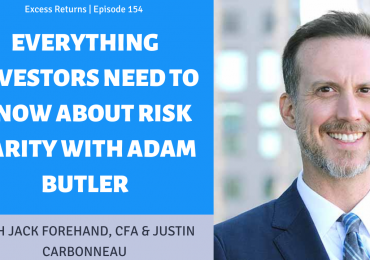In the past, the 60% stocks and 40% bonds portfolio strategy was an easy-to-maintain winning approach that offered good returns alongside solid protection during market turmoil. But in today’s environment of rising interest rates and persistent inflation, the strategy is not as reliable and has many managers looking for different allocations and diversifications in their clients’ portfolios, contends an article in Bottom Line Personal.
The 60/40 approach worked so well over the past 50 years and generated annual returns of 9.7%—almost as high as the S&P 500 Index at 11.1%, and carried nearly 40% less risk. But when bond yields hit bottom in March 2020, the global economy was already undergoing a massive shift. The stimulus money poured into the markets by central banks, along with labor shortages during the post-pandemic recovery, quickened that shift. Add in the highest inflation seen in 4 decades, and the result is a long-term bond bear market with yields likely to climb for years to come while bond prices continue to fall. For investors, that means that bond funds could keep losing money and won’t provide a safe haven if stocks plummet, and rising bond yields won’t be able to keep up with inflation.
Bottom Line Personal spoke to 3 top financial advisors—Justin Carbonneau of Validea Capital Management, Patrick Mueller of Bella Advisors, and Scott Ladner of Horizon Investments—about 3 alternative strategies to the 60/40 portfolio that they are presenting to their clients.
The Bond Substitute Solution: Rather than allocating that 40% to bonds, it would go to annuities and high-quality REITs instead. This approach works best for investors who need steady, reliable income from their portfolios. One important tweak is to buy fixed annuities with an inflation-protection rider so that the payout will rise along with shifts in the CPI. Having a bit of exposure to REITs offers diversification; the article highlights the Vanguard Real Estate ETF, with a recent yield of 3.04% and performance of 8.1% as a dependable REIT.
The All-Weather Solution: Shift allocations to 30% stocks, 40% long-term Treasuries, 14% intermediate-term Treasuries, and 15% commodities and gold. This strategy works best for investors who are looking for steady growth even if both stocks and bonds fluctuate over the next 10 years. Broaden your bets across a wide range of investments that offer solid returns even in tumultuous times, adding in alternative classes like gold that may struggle in a bear market but do will with inflation. The article highlights the Vanguard Total World Stock ETF, iShares Core US Aggregate Bond ETF, SPDR Gold Share, and the iShares S&P GSCI Commodity-Indexed Trust as funds to look at, or if you’d rather own only one fund, the Permanent Portfolio Fund allocates across those assets for you.
The 80/20 Solution: Allocate 80% to low-volatility stocks and hedges and 20% to bonds. This approach is best for older investors who have a real risk of outliving their money if they have too much allocated to bonds and those bonds produce lower income over the next several years. Switching to low-volatility funds will help offset the risk brought on by the high stock allocation. The article points to the iShares MSCI USA Min Vol Factor ETF as a good low-volatility fund, and suggests supplementing that with funds that utilize hedging strategies such as the Global X S&P 500 Covered Call ETF and the Simplify Hedged Equity ETF.









